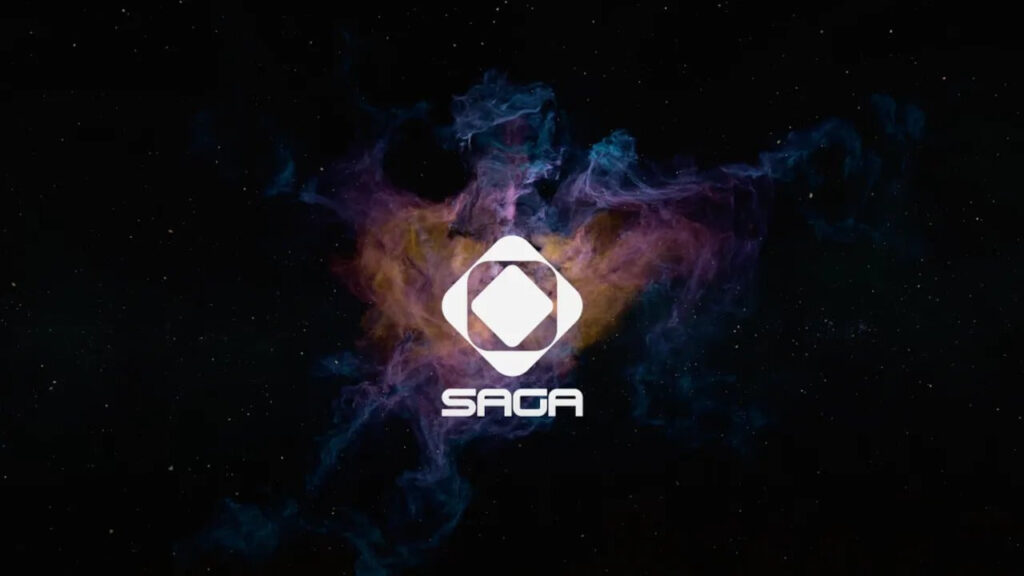
The cryptocurrency landscape is evolving at breakneck speed, and 2025 has already proven to be a thrilling year for altcoin enthusiasts. As the market matures, new altcoins aren’t just speculative assets—they’re increasingly focused on solving real-world problems, improving blockchain scalability, and expanding use cases in DeFi, gaming, AI, and decentralized infrastructure.
In this post, we’ll explore some of the most notable altcoin launches in 2025 and analyze their market impact, investor sentiment, and long-term potential.
1. ZKsync Era Token (ZK) – Scaling Ethereum with Zero-Knowledge Proofs

Launch Date: March 2025
Use Case: Layer 2 scaling solution for Ethereum using zk-rollups
Overview:
ZKsync Era has been a much-anticipated project by Matter Labs, and its native token, $ZK, finally hit the markets in March. Built to ease congestion on the Ethereum mainnet, ZKsync leverages zero-knowledge rollups to bundle hundreds of transactions off-chain and validate them on-chain with minimal gas fees.
Market Impact:
The $ZK token’s launch created a buzz, and within 48 hours, it surpassed a $1.2 billion market cap. Major exchanges like Binance, Coinbase, and Kraken listed it immediately, reflecting high institutional confidence. It sparked renewed interest in Layer 2 ecosystems, causing other tokens like Arbitrum ($ARB) and Optimism ($OP) to see secondary pumps.
Why It Matters:
ZKsync is not just about scaling; it’s about privacy and security. Its success could play a central role in Ethereum’s long-term viability, especially as the network looks to onboard the next billion users.
2. EigenLayer (EIGEN) – The Restaking Revolution

Launch Date: April 2025
Use Case: Restaking protocol on Ethereum
Overview:
EigenLayer introduced a novel concept: restaking ETH to provide security for new decentralized applications. Essentially, it allows users to earn yield by securing multiple protocols with the same staked ETH. The token $EIGEN debuted with massive anticipation due to its unique role in Ethereum’s staking ecosystem.
Market Impact:
Following launch, $EIGEN quickly amassed $500 million in total value locked (TVL), and its token price doubled in the first week of trading. The project’s model encouraged innovation in the DeFi space, particularly for protocols looking to launch with built-in security layers.
Why It Matters:
EigenLayer opens the door for “middleware” apps—decentralized oracles, bridges, and data availability layers—to secure themselves without launching their own token, thus reducing fragmentation and improving interoperability.
3. Frame (FRAME) – The AI x Web3 Interface Layer

Launch Date: January 2025
Use Case: Decentralized AI compute and communication layer
Overview:
Frame positions itself at the intersection of AI and blockchain, aiming to provide decentralized compute power and secure messaging infrastructure for AI agents. With AI integrations surging across the tech world, Frame offers a Web3-native framework for privacy-preserving, censorship-resistant AI applications.
Market Impact:
Its launch coincided with OpenAI’s partnership announcements in the crypto space, which added fuel to Frame’s early growth. The token’s market cap surged past $750 million within weeks, and Frame became a favorite among early AI/Web3 investors.
Why It Matters:
As AI becomes more intertwined with digital infrastructure, Frame’s approach to decentralized agent communication may become critical in ensuring AI transparency and resistance to centralized control.
4. Saga Protocol (SAGA) – Custom Chain-as-a-Service

Launch Date: February 2025
Use Case: Launchpad for app-specific blockchains
Overview:
Saga is a protocol that allows developers to spin up highly customized blockchains (akin to “app chains”) using Cosmos SDK and other modular tools. Think of it as AWS for blockchains—plug-and-play scalability, with the flexibility to tailor performance, gas models, and consensus.
Market Impact:
Saga’s debut sparked excitement within the Cosmos ecosystem, pushing its token past a $600 million valuation and earning integration spots with DeFi builders seeking more scalability than traditional Layer 1s could offer.
Why It Matters:
Saga democratizes blockchain deployment, potentially lowering the barrier to entry for thousands of developers and reducing strain on general-purpose blockchains like Ethereum or Solana.
5. Celestia (TIA) – Data Availability Layer

(Note: While technically launched late 2024, Celestia’s full ecosystem deployment happened in early 2025)
Use Case: Modular data availability layer
Overview:
Celestia pioneered the idea of separating consensus and data availability from execution—an architectural shift that allows Layer 2s and app chains to plug into its base layer for guaranteed data access without bloating blockchains.
Market Impact:
TIA token exploded in Q1 2025 as several new rollups, like Manta Pacific and Dymension, adopted Celestia for their infrastructure. It outperformed many altcoins in Q1 with a 4x increase since the start of the year.
Why It Matters:
As blockchains scale modularly, data availability becomes the bottleneck. Celestia could be the key to unlocking sustainable blockchain scalability, akin to how cloud storage unlocked web scalability a decade ago.
Broader Market Implications
The altcoins of 2025 are distinct from earlier waves (like the ICO craze of 2017 or the DeFi summer of 2020) in one big way: utility-first design. Many of the tokens launched this year are integral to the infrastructure of Web3 rather than being speculative by-products.
Key Trends:
- Modular Blockchains: Projects like Celestia and Saga reflect a shift toward unbundled blockchain design.
- Restaking & Shared Security: EigenLayer’s approach could rewrite how networks achieve trust.
- AI & Web3 Synergy: Frame shows growing appetite for AI-native decentralized protocols.
- Layer 2 Dominance: ZKsync proves Ethereum’s future lies in L2 solutions—not monolithic upgrades.
Final Thoughts
As crypto edges into mainstream acceptance and regulators sharpen their focus, the altcoin market is maturing. The top launches of 2025 so far show us that success is increasingly tied to real-world utility, developer adoption, and ecosystem interoperability.
If you’re looking to invest or build in Web3, these projects are more than ticker symbols—they’re building the future of the decentralized internet.
Stay sharp, stay curious, and never stop exploring the chains that shape tomorrow.

